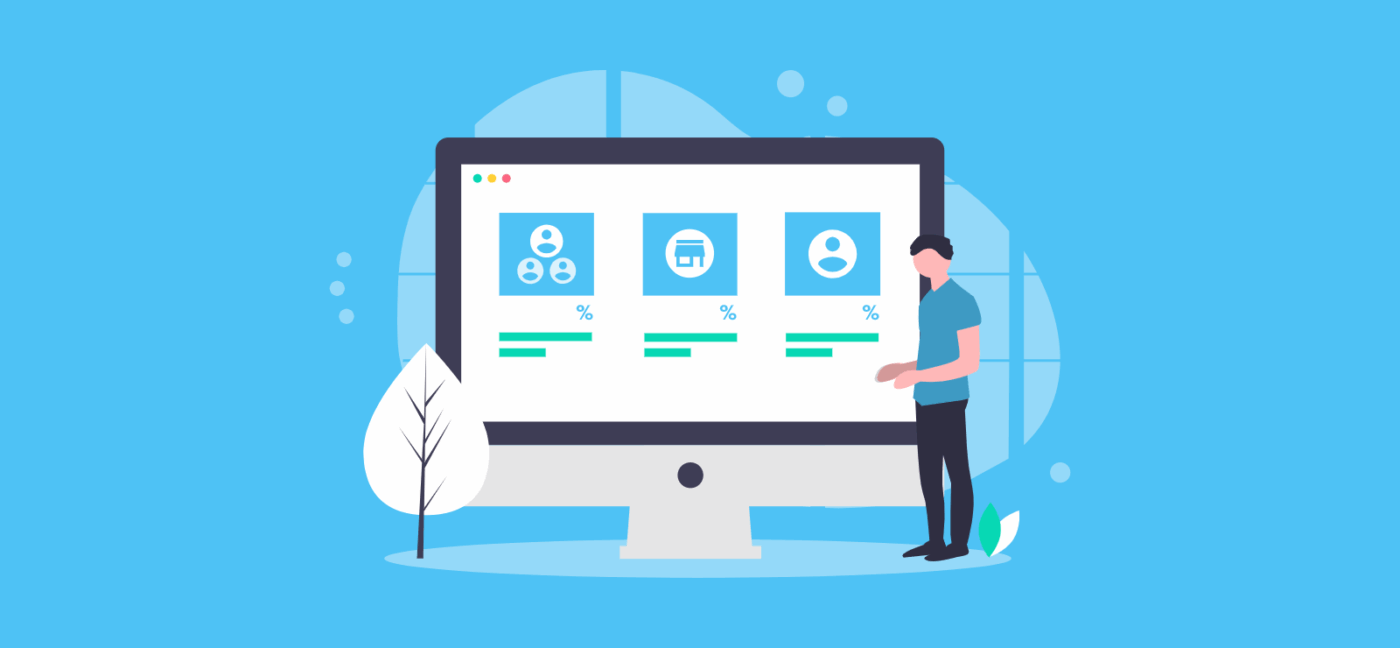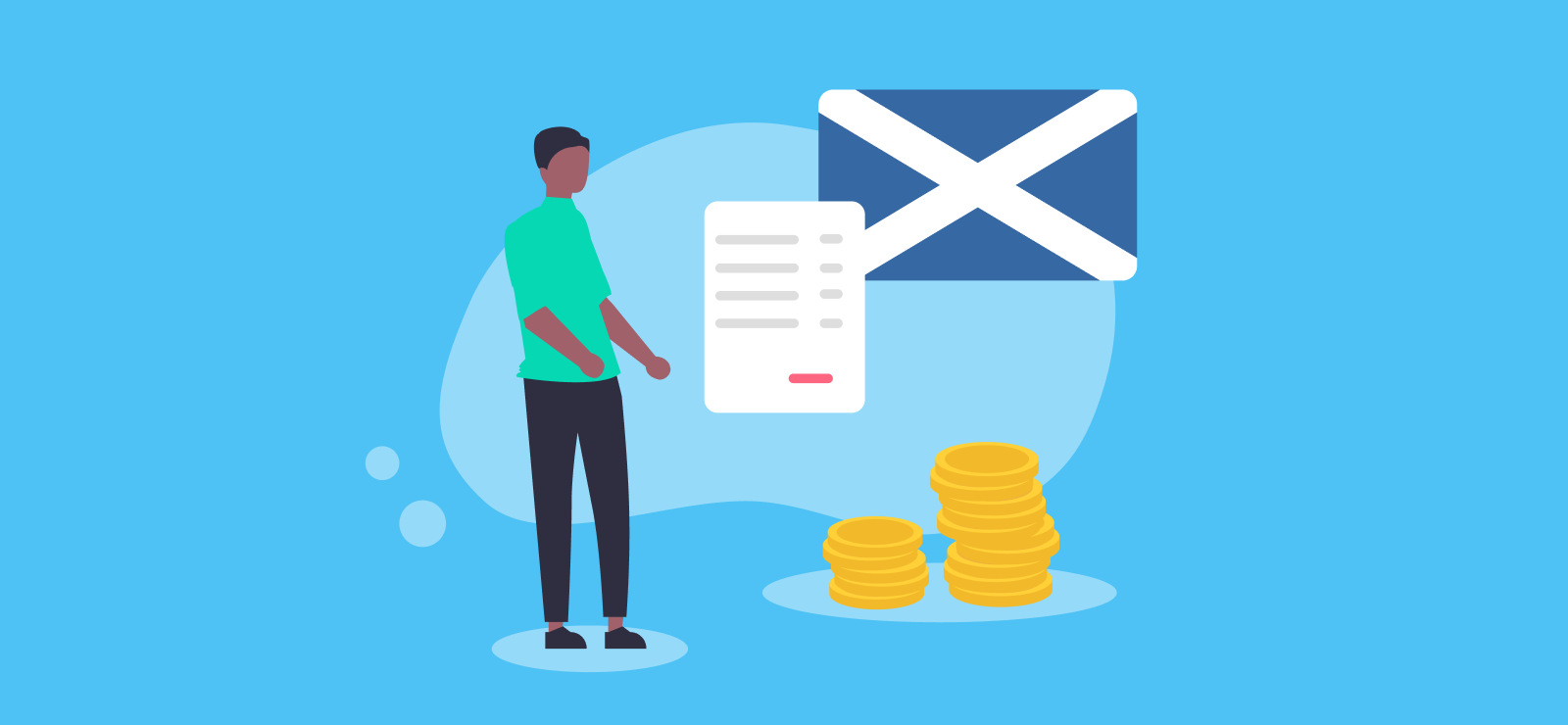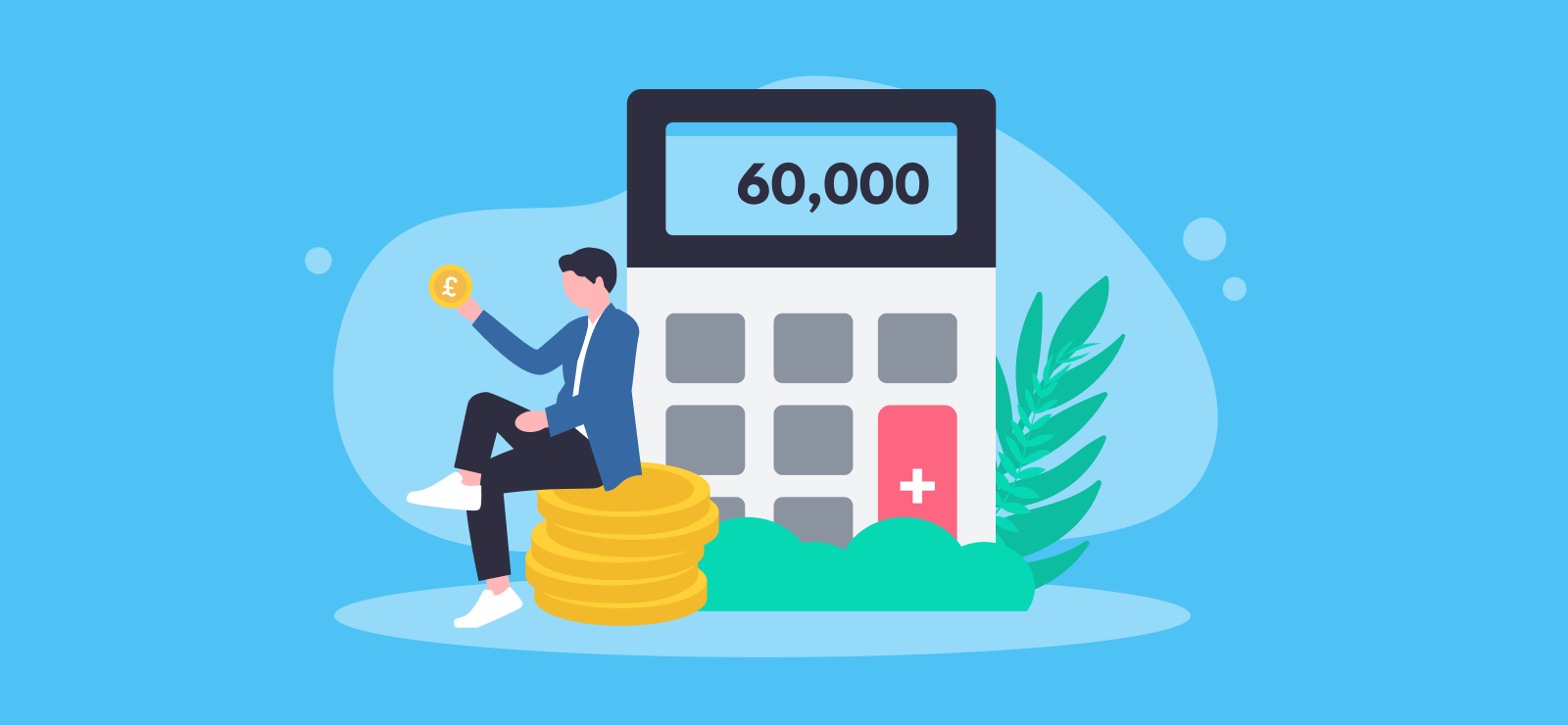

How Could Registering for VAT Affect My Pricing?
VAT can be confusing to navigate as a business owner, even if you have experience of it. If you’re getting ready to register for VAT, it’s useful to think about how this might affect your pricing. In this article we explain how VAT registration can affect your fees and profit margins, and what your options are for both.
What does VAT have to do with price?
A business must register for VAT once its taxable turnover reaches the VAT registration threshold.
Once they register for VAT, businesses must charge VAT on the taxable sales they make to customers, and then pass the amount they collect on to HMRC. In that respect you’re basically acting as a VAT collector! This VAT charge leaves you with a choice:
- Keep your prices the same, and include the VAT: The amount you charge to your customer won’t change, but you’ll make less profit because you’ll have to pay the VAT out of the money you make.
- Add VAT to the existing prices: The amount you charge to your customer will seem higher. If they’re not VAT registered they won’t be able to reclaim the VAT, so the new price might put them off.
Or, you might go somewhere in the middle, making a smaller price increase and absorbing the rest, but whichever option you go for, registering for VAT can have a huge effect on the way that you run your business, and what you charge for goods or services.
How much VAT do I need to charge on goods or services?
The amount of VAT that you charge depends on what you’re selling. The rules for charging and paying VAT are a bit different for goods and services that you import or export, so to keep things simple we’ll talk about UK VAT in this article.
The different rates of UK VAT
| VAT Category | VAT Rate | What it means |
| Standard rate | 20% | The majority of goods and services sold fall under the standard rate of VAT. |
| Reduced rate | 5% | Reduced rate items include children’s car seats, domestic fuel, and mobility aids for those over the age of 60. |
| Zero rate | 0% | Some goods or services are zero-rated for VAT. These include books, newspapers, children’s clothes and motorcycle helmets. The sale is still VAT taxable, but at a rate of 0%. You must still record these sales in your VAT accounts, and report them on your VAT return. |
Pricing considerations when charging VAT
There are several factors which might affect your thought process towards pricing after registering for VAT.
Who are your primary customers?
Your customers or target market might influence your pricing structure. For instance, are they other businesses (B2B), or are they general consumers (B2C) buying for their own personal use?
If you mostly sell to other businesses, do they tend to be VAT registered? This usually means they’ll be able to reclaim any VAT against their own VAT return, though paying the VAT to you might affect their short-term cashflow.
Consumers who aren’t registered for VAT may be put off by a 20% increase on the price they normally pay. But, if you don’t add it on, you’ll be the one paying the VAT, rather than collecting it from your customers. Like most business decisions, the best solution depends on personal circumstances, but it might be worth considering:
- What your competitors charge, and whether or not this includes VAT
- A smaller price increase which includes VAT. This basically means that you’ll be sharing the VAT with your customer. For example, raise your prices by 10%, so your customer effectively pays half of the VAT, and you pay the other half.
- Letting your customers know in advance about any pricing changes
What rate of VAT applies to your goods or services?
If the things that you sell fall into the reduced rate or zero-VAT category, it makes pricing fairly straightforward. Charging customers an additional 5% isn’t so dramatic a price hike, and zero-rated items are better yet.
Should I register for VAT voluntarily?
Not every business needs to register for VAT and in fact many won’t ever have to. Whilst you’re obliged to register for VAT if your taxable turnover reaches the £90,000 threshold in any 12 month period, some businesses do benefit from voluntarily registering for VAT.
Again, everyone’s different, so the decision to make a voluntary VAT registration depends on your circumstances. If you have an accountant, have a chat with them about what works for you.
- You can claim VAT refunds: By being a VAT-registered business, you can claim VAT on goods or services purchased for your business. If your business regularly pays more VAT on purchases than it would collect on sales, you’ll receive a refund from HMRC.
- It creates a better impression: Being VAT-registered and having your own VAT number displayed can leave a good impression for your business. It gives a greater sense of legitimacy and professionalism, which can be especially important if you work in the B2B space.
- It may be easier to deal with some businesses: In some cases, suppliers and other businesses may be hesitant to work with non-VAT-registered companies. Not being registered may become a bit of a roadblock if you work in an industry where it’s expected and preferred.
- Avoid tax penalties: Sometimes it’s difficult to predict exactly when a business will cross the VAT registration threshold of £90,000. To avoid MTD VAT penalties some businesses decide to register early, just in case.
- Reclaim VAT from previous years: You can also reclaim VAT incurred before you registered, as long as you can prove the goods or services you bought are still being used solely for business purposes.
How do I register for VAT?
Whether you have reached the threshold or are voluntarily registering, the process is the same. You can register for VAT online, or by post, or through an agent. Most businesses will be able to register online, including partnerships and groups of companies.
You’ll need to decide which type of VAT scheme you will register your business for.
Register online
To register online, you will need to sign into your tax account and complete the online form. HMRC will send you a VAT number within 30 days.
Using an agent
Rather than doing it all yourself, you can appoint an agent to act on your behalf. They will register you for VAT and submit returns, saving you time and stress.
Registering by post
Registering online is usually more convenient but there are some instances where you can’t register online, and should use a postal VAT1 form instead. These include:
- Joining the Agricultural Flat Rate VAT scheme
- If you want to apply for a registration exception, for example because your turnover has passed the registration threshold but this is temporary
- If you’re registering different divisions or units of a business with separate VAT numbers
What are my responsibilities as a VAT registered business?
Once you’re ready to go as a newly registered VAT business, it’s time to look at the next steps. What does it really mean to be VAT registered? What do you have to do differently now? Being VAT registered means:
- You must charge the correct rate of VAT on goods or services you sell, and show these amounts on your invoices and receipts
- Show your VAT number on your invoices, and on other documents such as customs declarations if you ship abroad
- Submit VAT returns to HMRC
How to reclaim VAT
Registering for VAT isn’t all about handing more money over to the government; you might be able to claim some of that VAT back. Businesses pay VAT on purchases all the time, even if they’re not registered themselves, because their suppliers are.
If the total amount of VAT paid on purchases is more than the VAT collected from customers on sales, you can reclaim the difference. If you collect more than you pay, then you’ll pay the difference to HMRC as your VAT bill. This is worked out as part of your VAT return, and you will be notified how much VAT you owe, or is owed to you.
Learn more about our online accounting and VAT services. Call 020 3355 4047 to talk to one of the team, or get an instant online quote.
Want to learn more?
Subscribe to our newsletter to get accounting tips like this right to your inbox

Read more posts...

UK Tax Rates, Thresholds and Allowances for the Self-Employed
15th January 2026Read our guide to UK tax rates and thresholds for sole traders, limited companies, partners and partnerships, employers, and other businesses. Paying…
Read More
Scottish Income Tax Rates and Thresholds for 2025/26 and 2026/27
13th January 2026If you live or work in Scotland then you may need to pay tax on your earnings using the Scottish Income Tax…
Read More
How Much Is My Take Home Pay After Tax on 60k?
9th January 2026Working out how much tax you need to pay can be messy business – especially if maths wasn’t your best subject at…
Read MoreConfirm Transactions
The number of monthly transactions you have entered based on your turnover seem high. A transaction is one bookkeeping entry such as a sale, purchase, payment or receipt. Are you sure this is correct?
Please contact our sales team if you’re unsure
VAT Returns
It is unlikely you will need this service, unless you are voluntarily registered for VAT.
Are you sure this is correct?
Call us on 020 3355 4047 if you’re not sure.
Bookkeeping
You will receive our bookkeeping software Pandle for free, as part of your package.
You can use this to complete your own bookkeeping, or we can provide a quote to complete your bookkeeping for you.
Please select and option below:
Call us on 020 3355 4047 if you’re not sure.

